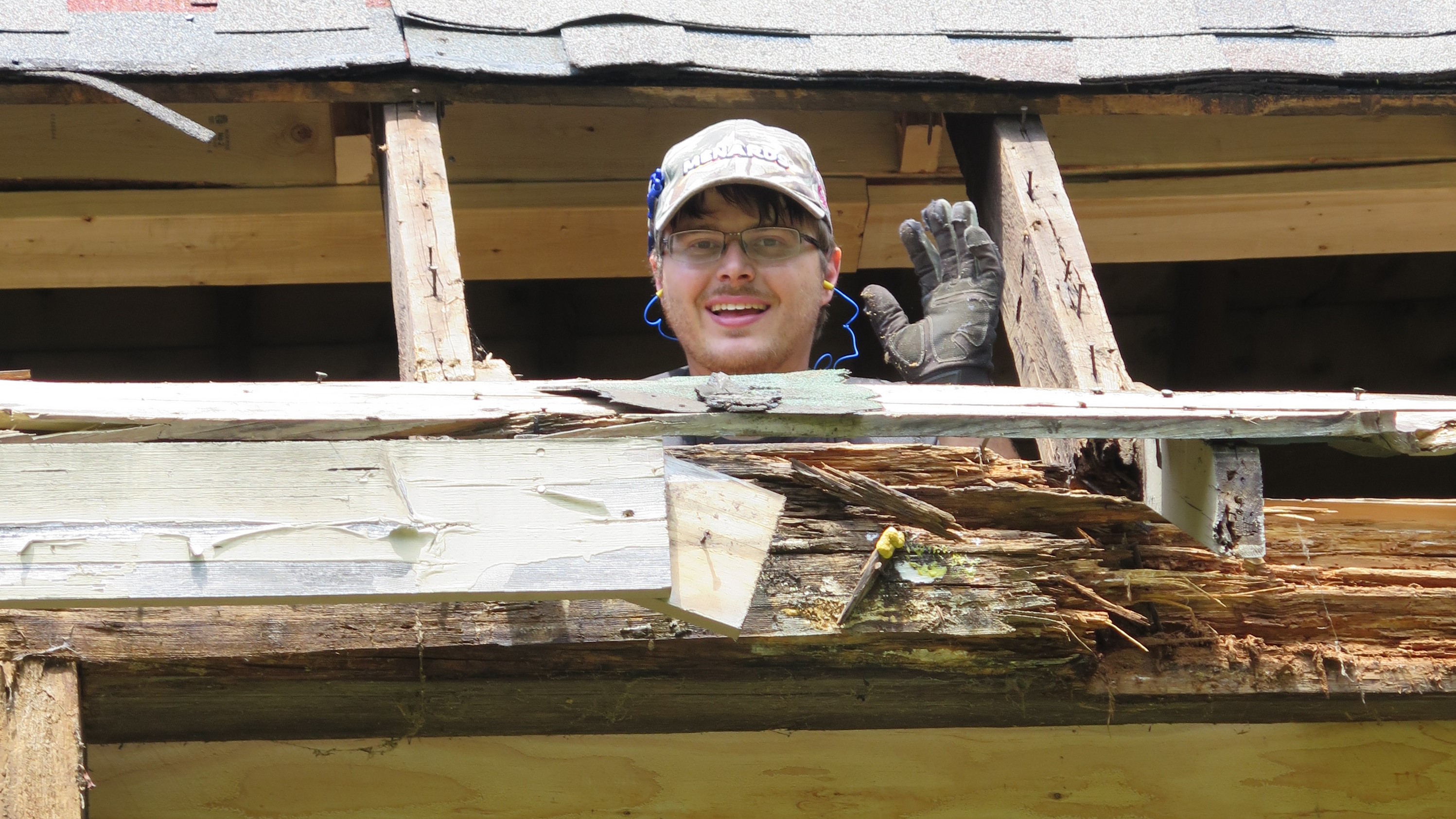DIY or Professional
A good trades person will make the work look easy, it's very easy to watch these people work and think to yourself, "Wow that doesn't look too bad, I can do that too!" I know because I've been there, I had spent an entire summer inspecting concrete work, so I thought it would be fairly easy to pour a small pad for a hot tub. We excavated the site, installed a gravel base, and set the forms. We realized we were short on gravel, but the concrete truck showed up early, so we crossed our fingers and began the pour. When the pour was done the new slab was an inch too low. We had to quickly come up with a solution, and we decided to pour another layer of concrete to bring it to the correct height. We bought a bunch of bagged concrete and rented a mixer to mix it, the pour went fine, but the surface finish did not turn out well and doing multiple layers of concrete can cause problems down the line. Needless to say I wasn't happy with the project. So how do you know whether a project is going to be one of those projects, or if all you need is a toolbox and some patience? Here are some tips for deciding whether to DIY vs hire a professional.

When you might want to consider DIY
When you’re on a tight budget.
Hiring help can be expensive, and finding the right person for the job can be challenging. This is one of the best reasons to DIY since the more you do, the more you’ll learn about tools and techniques. Start with small projects, and you may end up building your own home one day.
When the work can be easily and cheaply redone if you mess up.
You can always repaint a wall or some siding or sand down badly mudded drywall.
When the project has an abundance of helpful step-by-step videos on YouTube.
Vet the experts you’re learning from, and read the comments below the videos to see how helpful others found them.
When the project is simple, requires few tools, and can be done in a few hours at most.
Think hanging shelves, pictures, or curtain rods — though for curtain rods you may want to consider hiring an expert installer if you need window treatments for more than one room or have complicated window styles.
When the project involves a part of the home that isn’t essential for daily living.
For instance, if you’re retiling the bathroom floor and have to remove the toilet to complete the work, you want to be sure you can finish as quickly as possible so you’re not without the use of your toilet.
When you don’t mind looking at something done imperfectly.
Doing anything for the first time involves a learning curve and you're probably going to mess up the first few times.
When the project comes as a simple kit.
Container gardens, shelving units, and backyard furniture often come as a simple kit.
When you have the skills, experience and knowledge to tackle the task at hand.
If you’ve never hung a shelf, you might not want to start learning by installing built-ins.
When you have access to tools.
Either through borrowing from friends or tool lending libraries, or renting the equipment you need. The right tools make the work easier and increase the likelihood of good-looking results.
You can't find someone to do the work.
When it’s hard to find a tradesperson or you would have to wait months to start work on a project that’s important to you, you may want to consider DIY.
When you don't need it done quickly
Life will often disrupt a larger DIY project, if it doesn't need to be done quickly and you can do the work, you could consider DIY.
When to consider hiring a pro.
When the work would change the structure of your home or property.
Removing a support wall or building a retaining wall could impact the safety of your home. This requires a great deal of knowledge and expertise.
When the project is technical and requires a high degree of skill and precision.
Cutting molding at the wrong angle is easily remedied or repaired at minimal cost. Cutting a precise shape into a hardwood floor to place a bracket for a railing? Not so much. If the job is high stakes, requires precision and would be costly to repair, you may want to leave it for a pro.
When the work poses danger to you or your home if done incorrectly.
Think electricity and plumbing. If you don’t know what you’re doing, you could shock yourself — or worse — or create a leak that will damage your home.
When the work requires a permit and inspection.
By their nature, projects that require oversight by building officials in your county or city building department are complex and have higher stakes.
When you need specialized equipment.
Unless you have a tool library or a tool rental business near you, the cost of buying equipment for some projects can exceed the cost you would have paid for a pro who already owns the equipment.
When the project is joyless and would require a lot of time.Sure, you can do the work, and you will probably feel great satisfaction when it’s done, but life is short. Unless you find joy in building that retaining wall, let a pro do it.
When a project involves a large, prominent, highly visible part of the home.Laying out elaborate wood patterns that require precision cuts and leveling on a main wall is probably not where you want to start learning.
When you have a lot of unfinished projects.Even the most enthusiastic DIYer can run out of steam. Know your limits.
